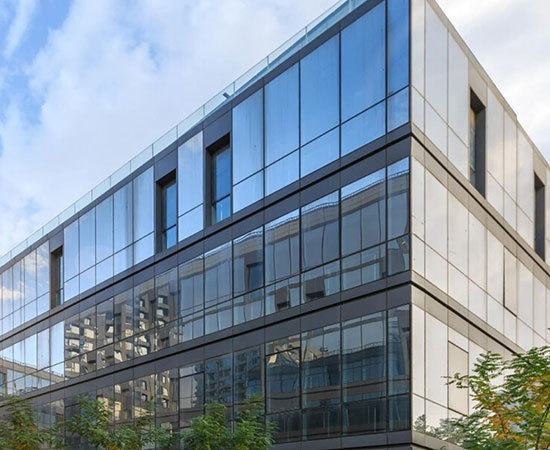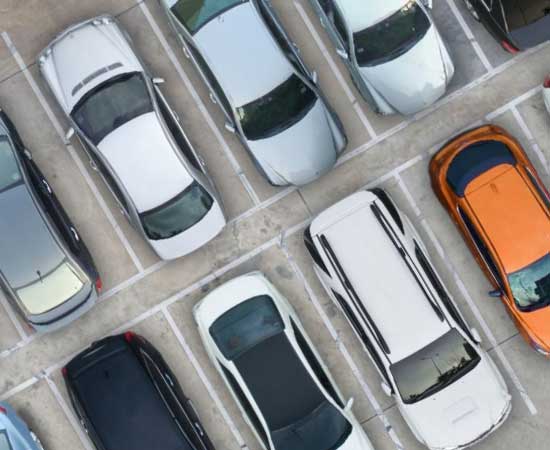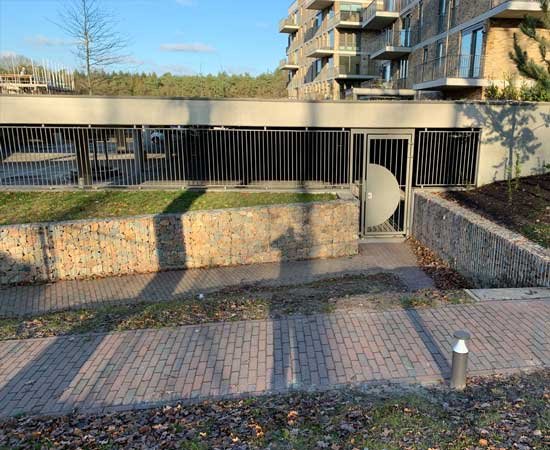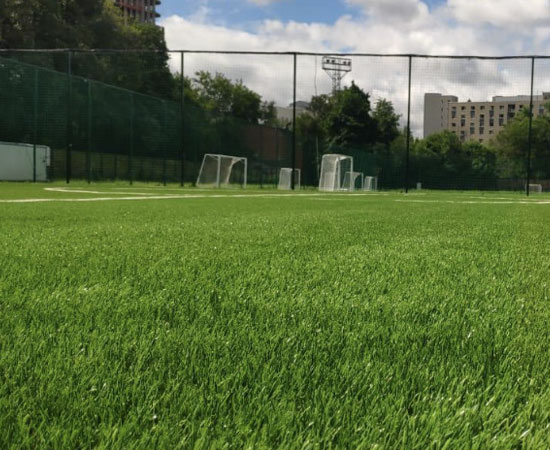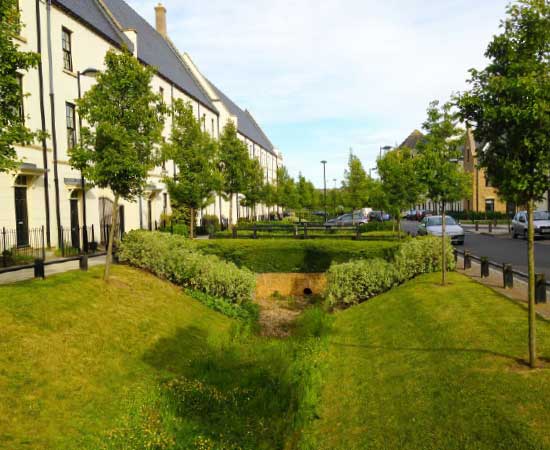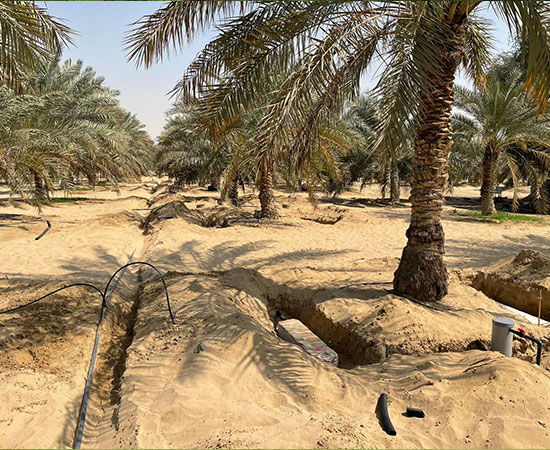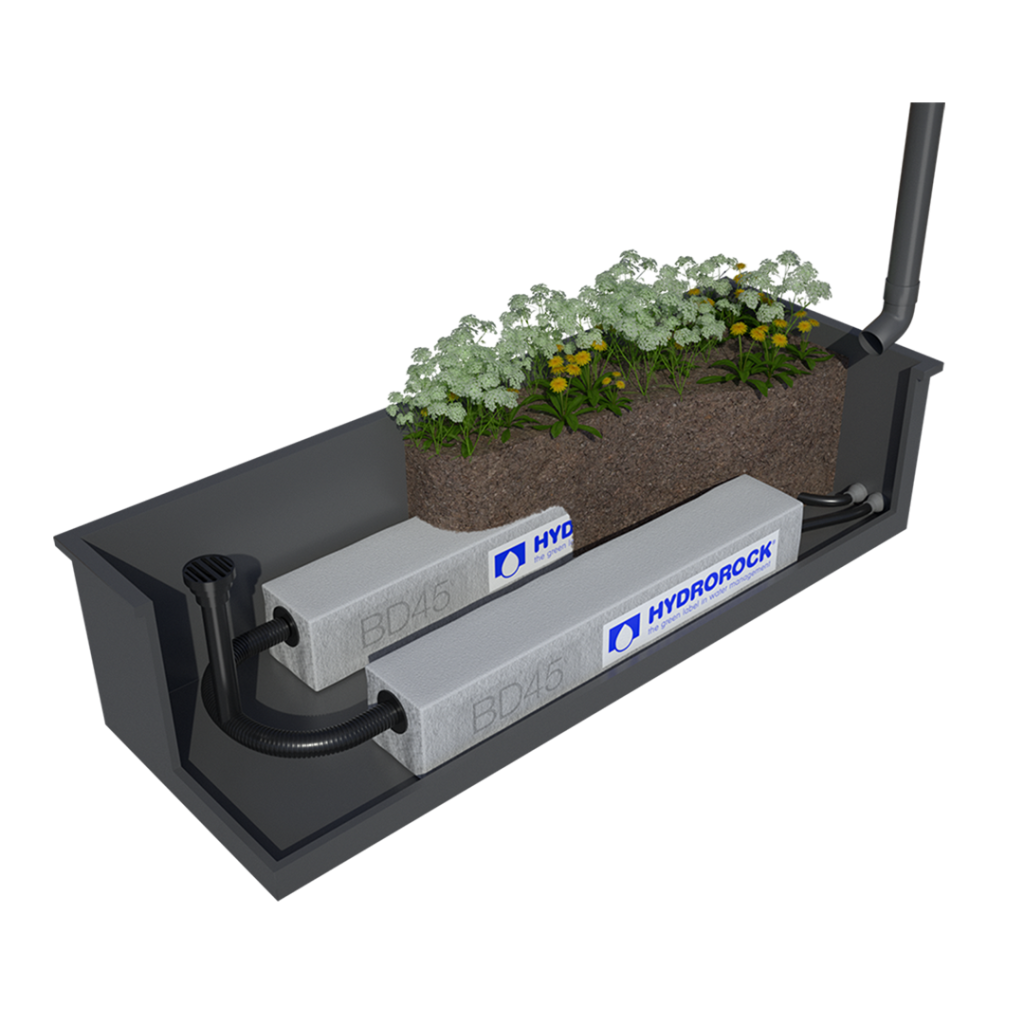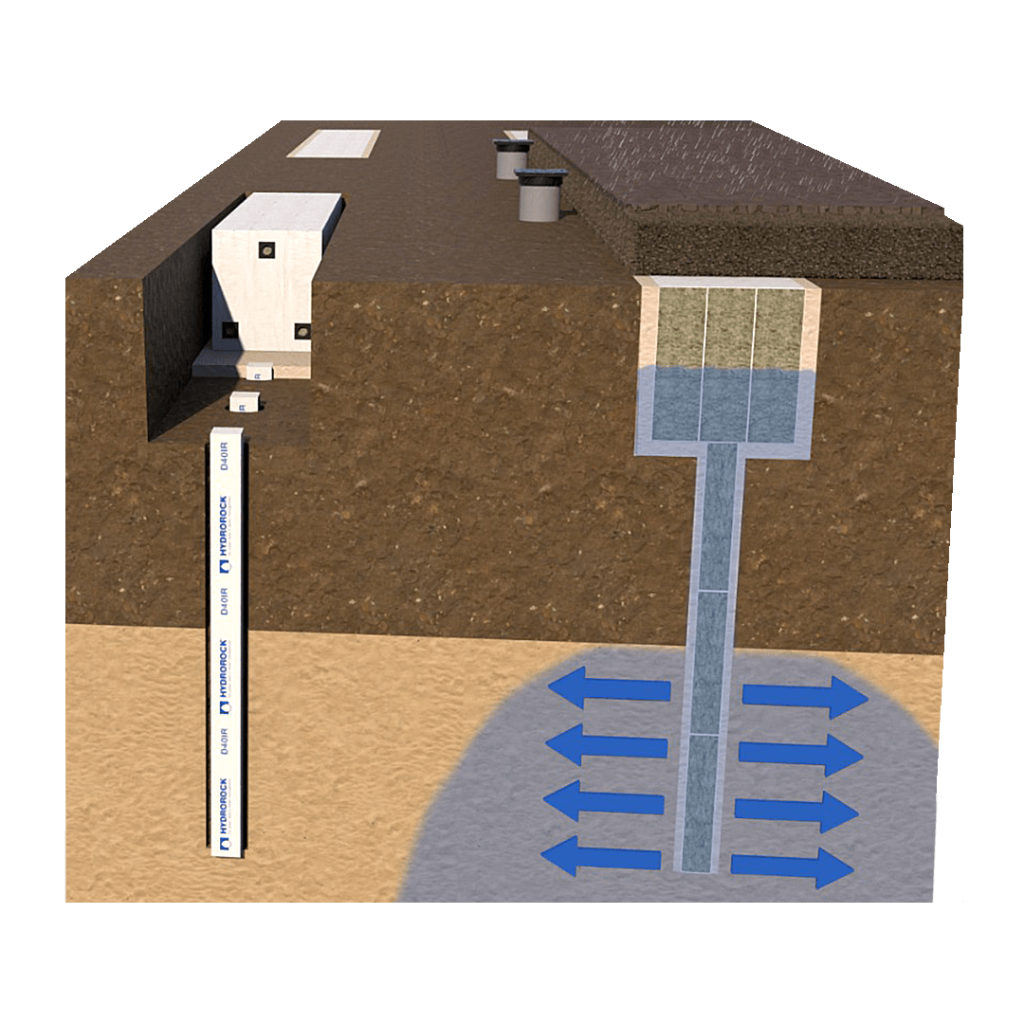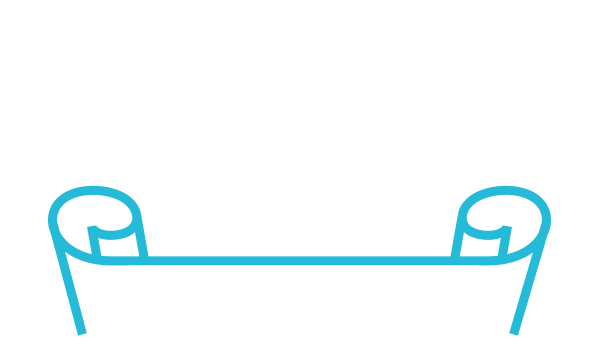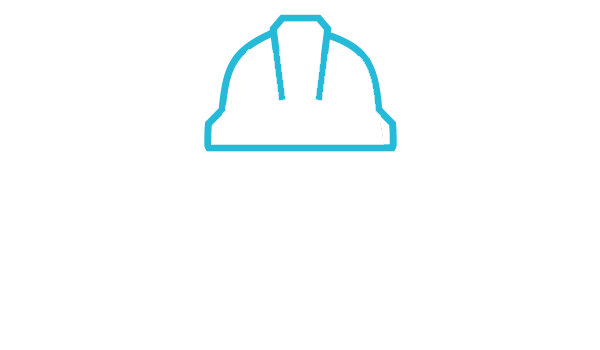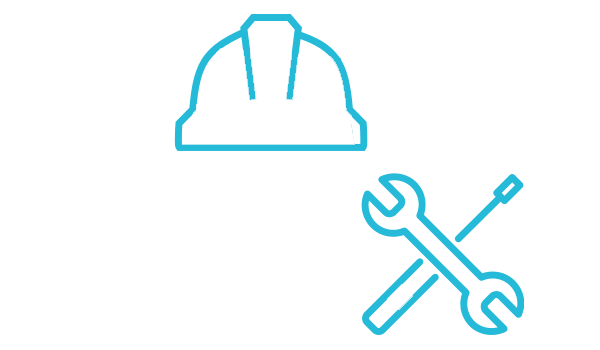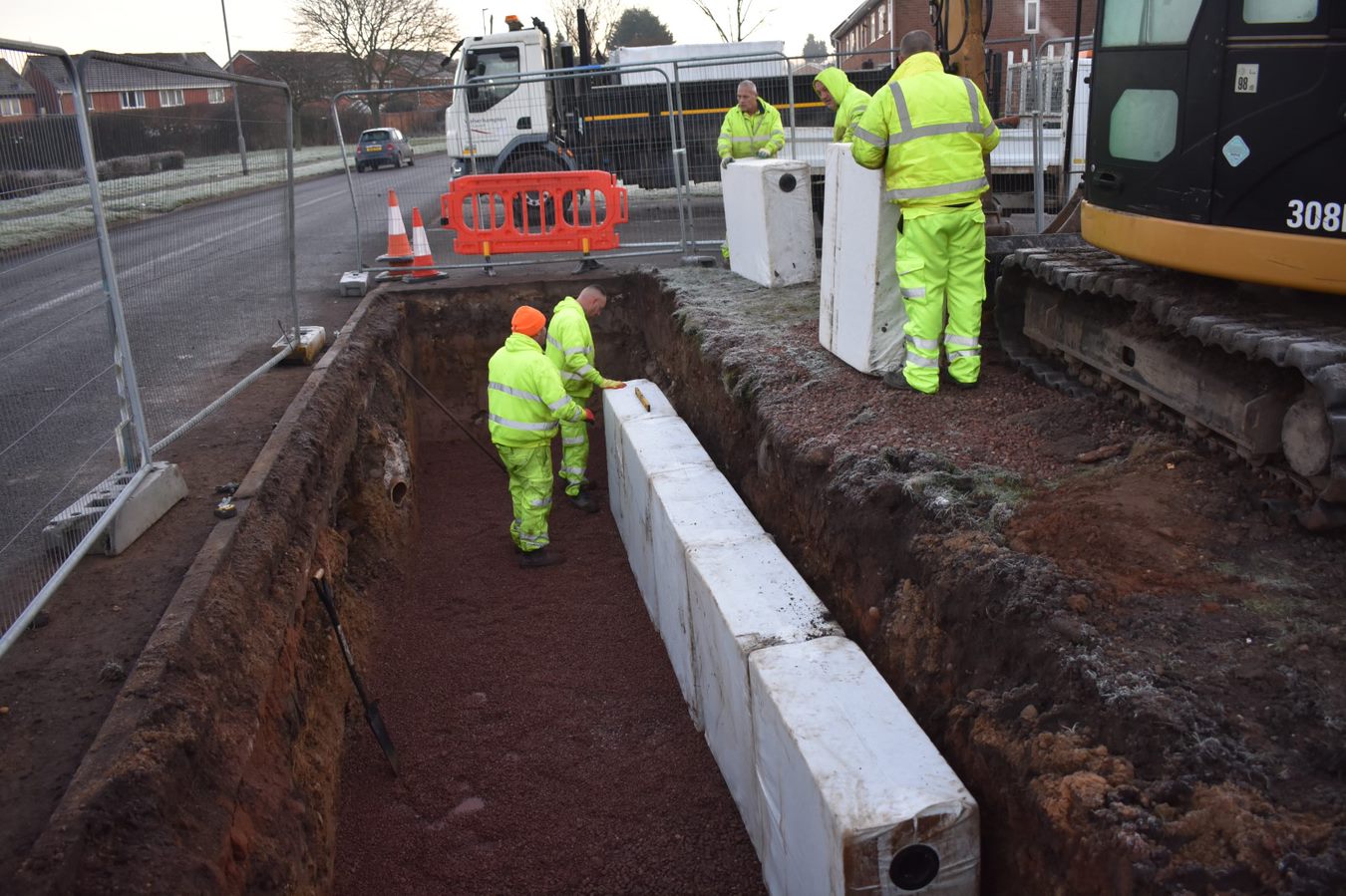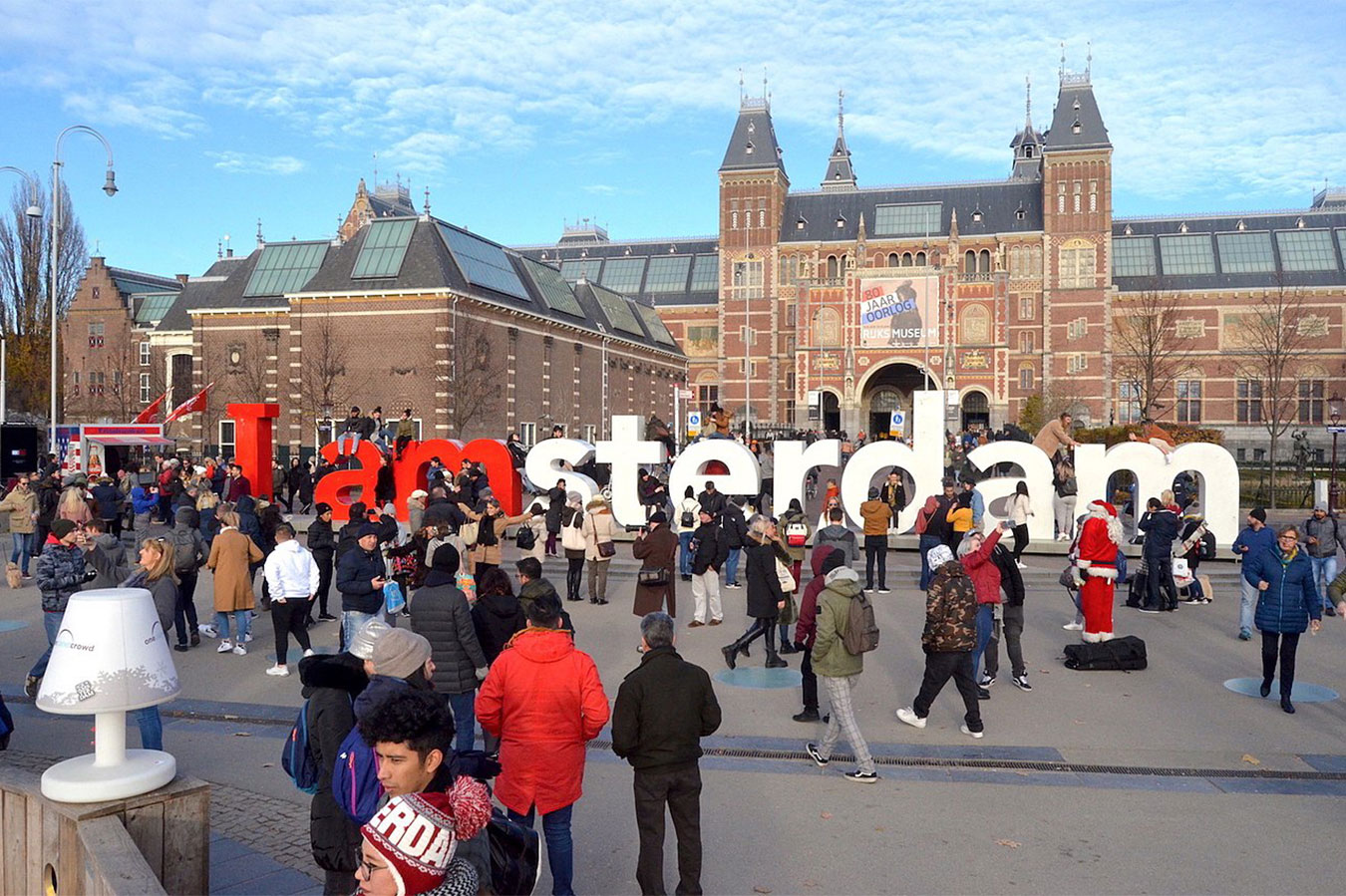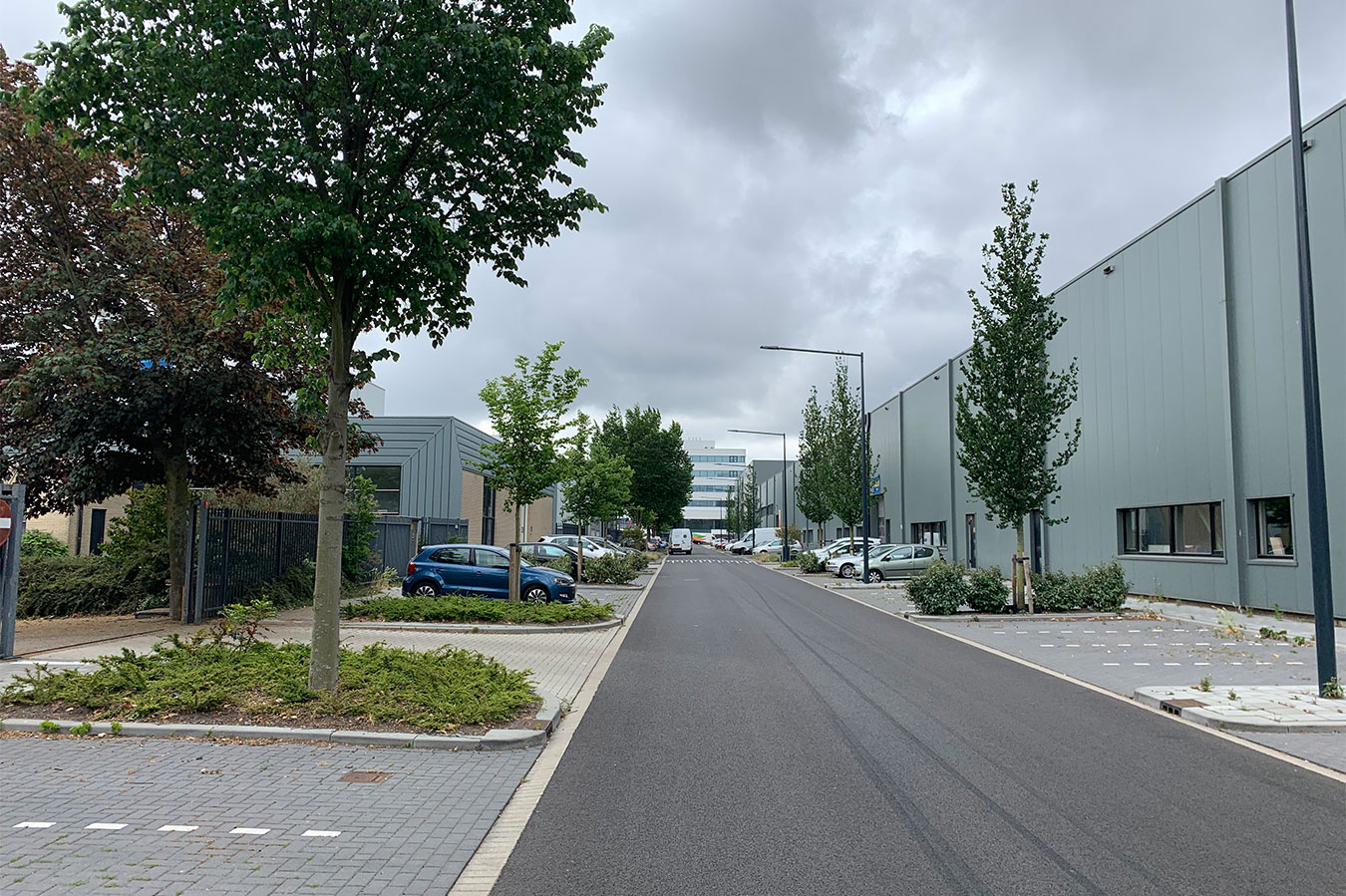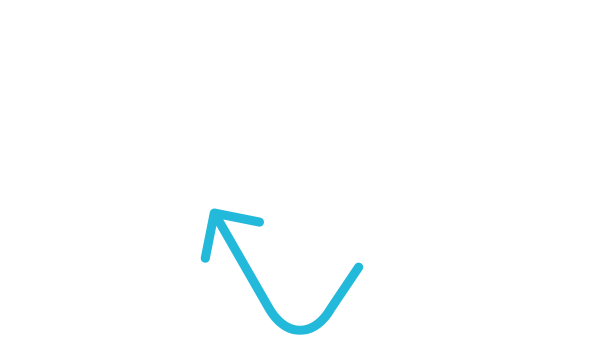Truly sustainable
water management
SUDS solutions
Greener, faster, safer, cheaper, better attenuation, infiltration and irrigation
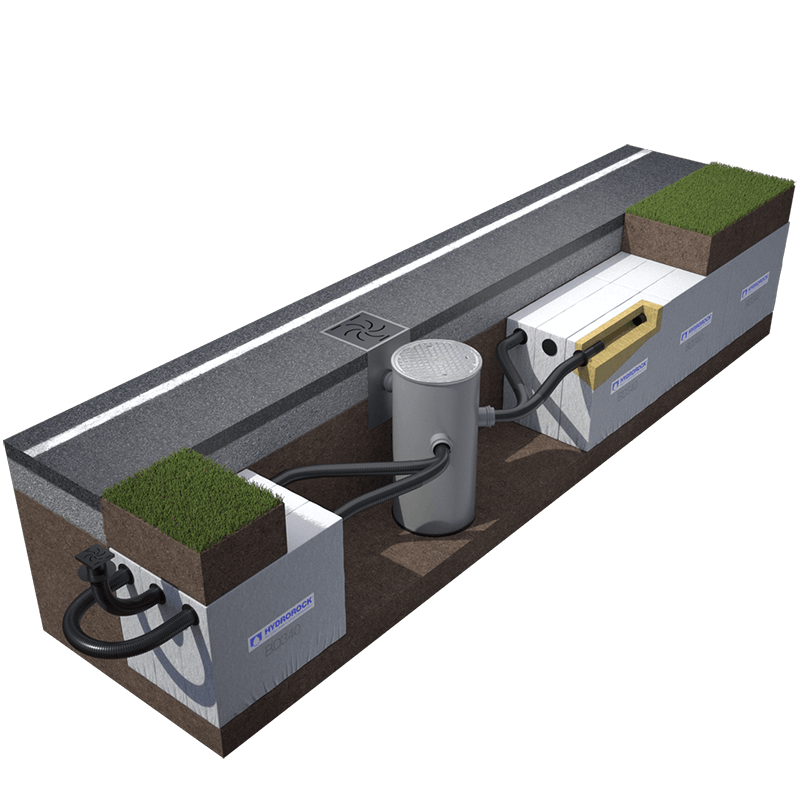
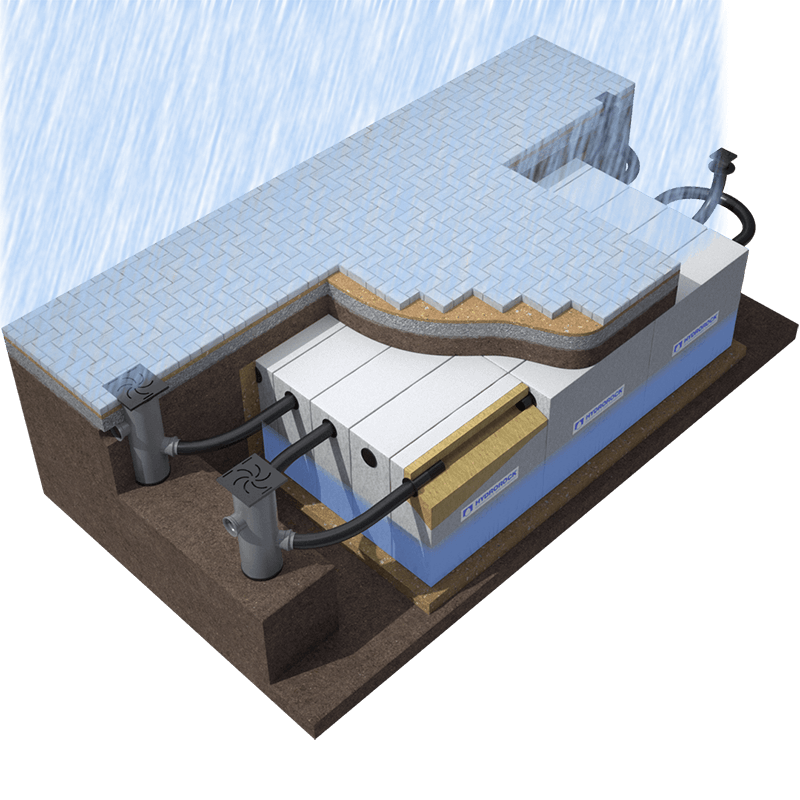
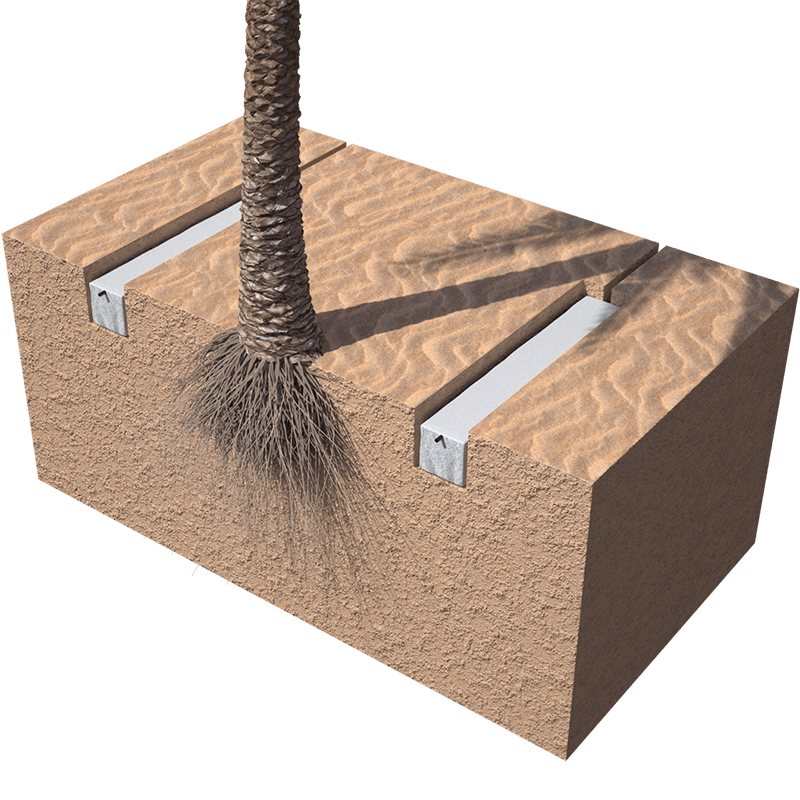
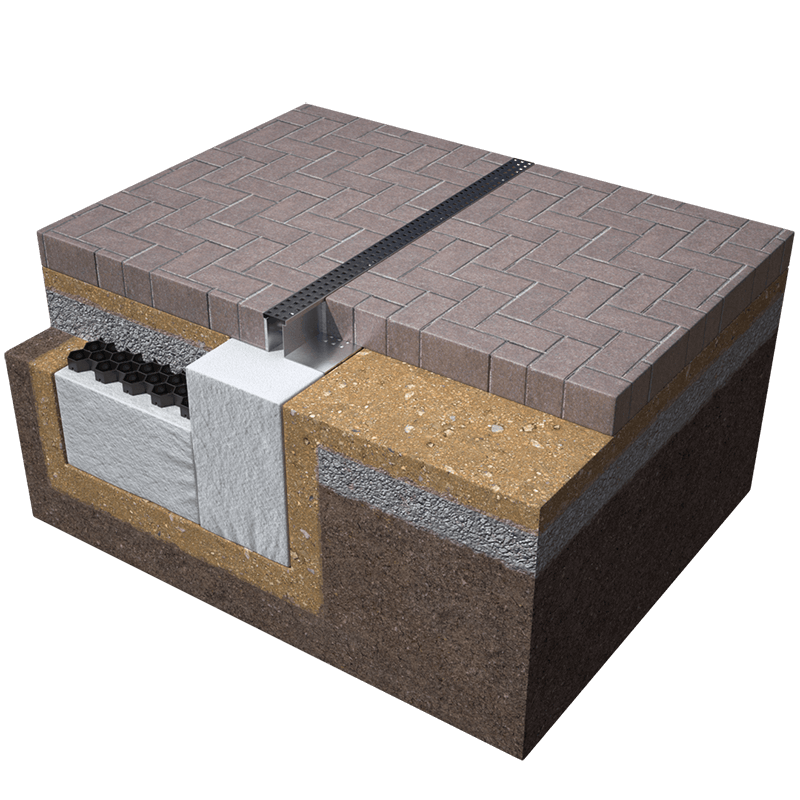
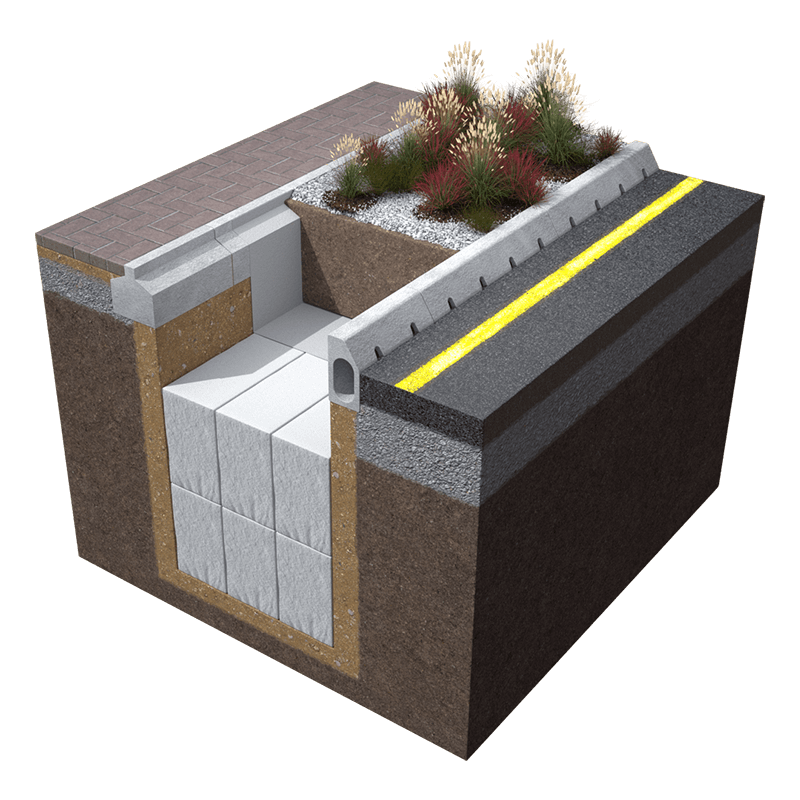
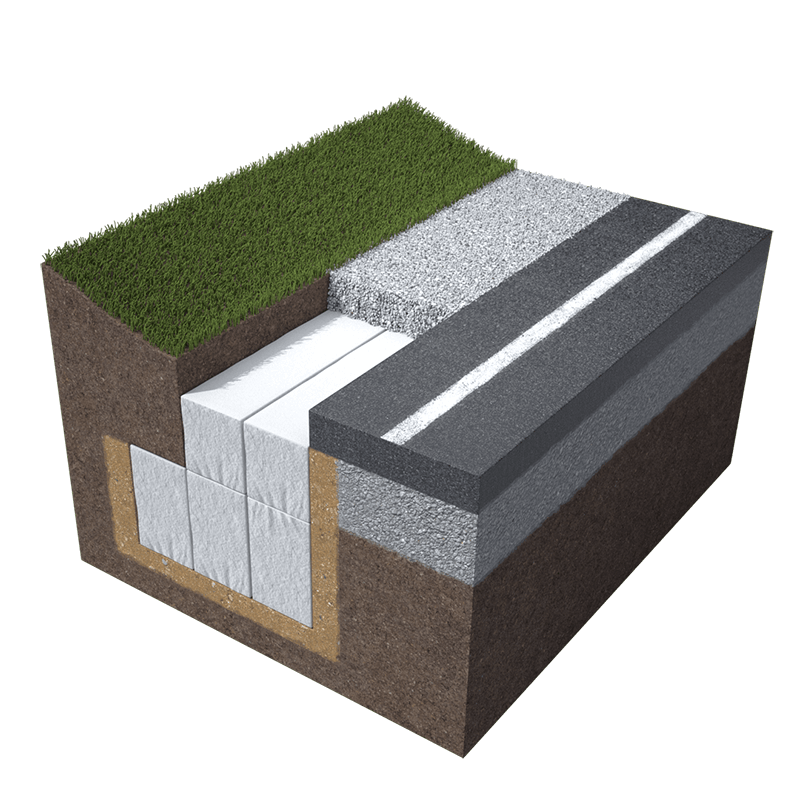
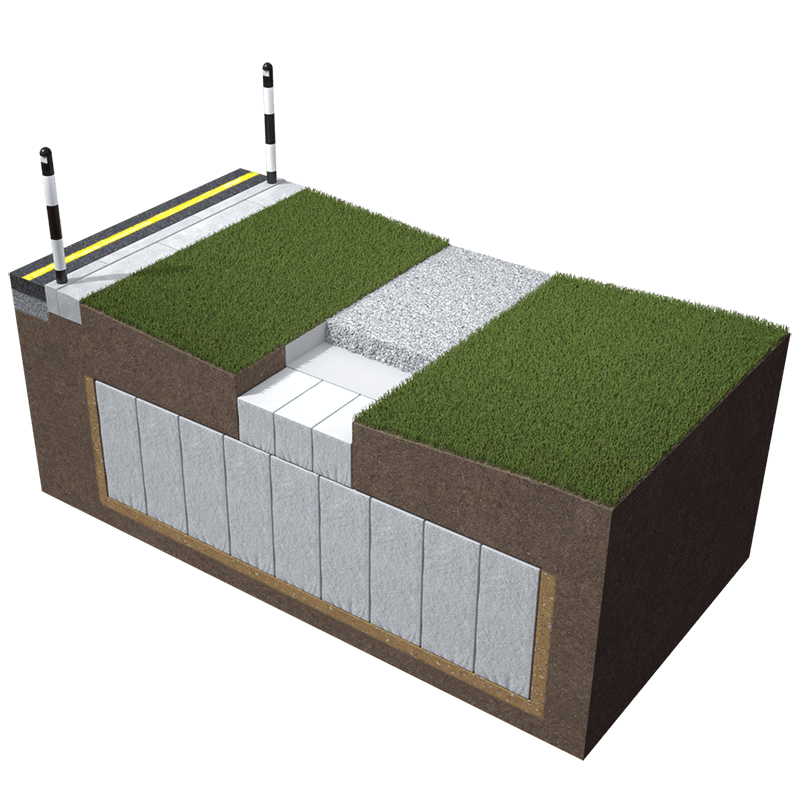
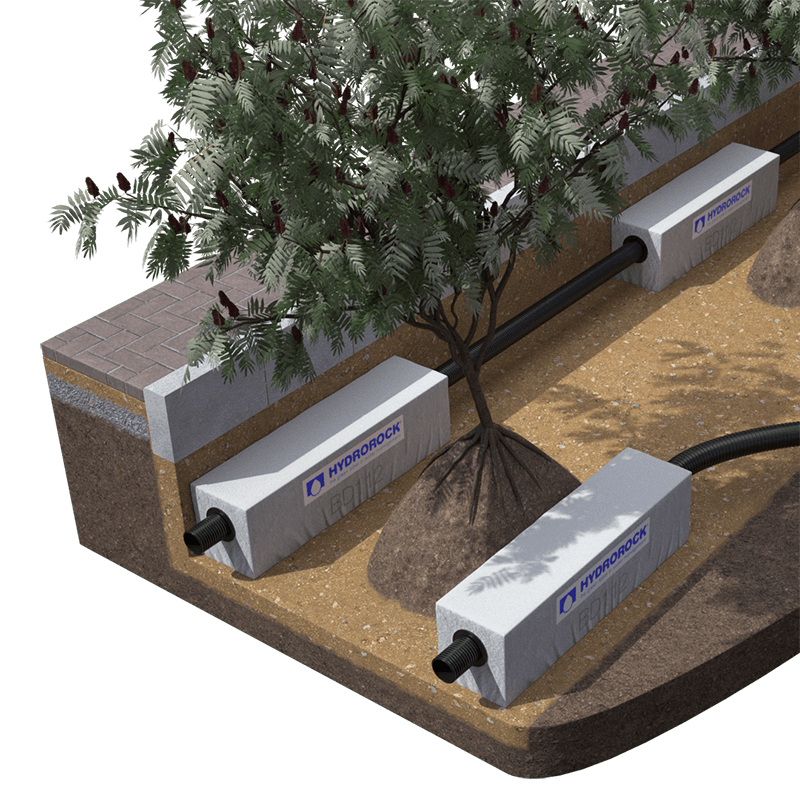
How Hydrorock can solve
Flooding and drainage
Hydrorock captures and controls water, then infiltrates close to where it falls. This prevents flooding in a natural way, relieves the sewerage infrastructure and stops contamination of clean water. Soil is prevented from drying out and the moisture balance of the soil is restored, controlled and maintained.
How Hydrorock can solve
Irrigation and drought
Hydrorock irrigates from below the ground by temporarily storing water and gradually releasing it as plants need it. This prevents loss of precious water and nutrients – in a natural way.
Our sub-soil irrigation solutions, can create data-driven, fully automatic crop irrigation systems, maximising productivity.
How Hydrorock can solve
New build and retrofit
Hydrorock delivers solutions for all types of new or retrofit application – from large scale, to single home, to irrigation.
Hydrorock solves in-ground problems by its ability to adapt configuration ‘on the fly’ without sacrifice to performance, installation or cost.
This works at any scale and is particularly beneficial for retrofit residential applications requiring complex installation geometry, with limited space.
Hydrorock natural aquifer blocks
A highly innovative, 100% natural, mineral wool product.
Made from Rockwool pre-wrapped in a protective geo-filtration membrane.
Hydrorock provides natural aquifers wherever needed to control and provide space for surface water.
94% water capacity by cubic volume, Hydrorock is 100% natural, 100% sustainable.
Easily configurable, easy -to-handle, easily installed blocks
Push fit together to form modules and fully dispersable arrays for attenuation, infiltration and irrigation solutions for new and retrofit projects.
Requires less excavation than traditional systems.
Hydrorock is Greener, Faster, Cheaper, Safer
How Hydrorock works
Which project do you need a solution for?
Which solution do you need?
Who we work with











